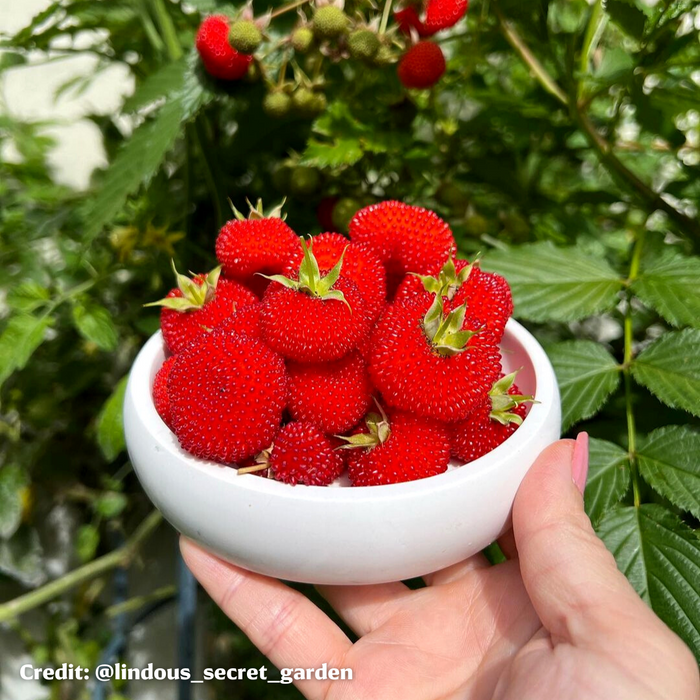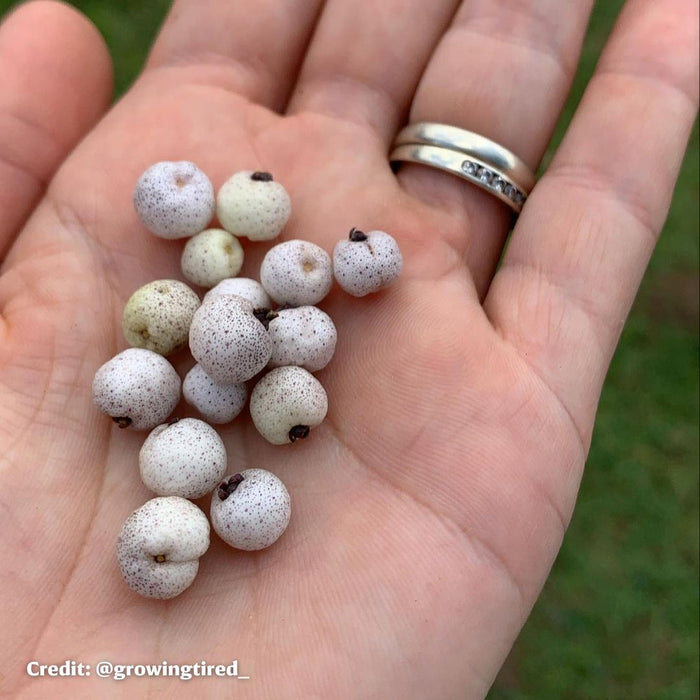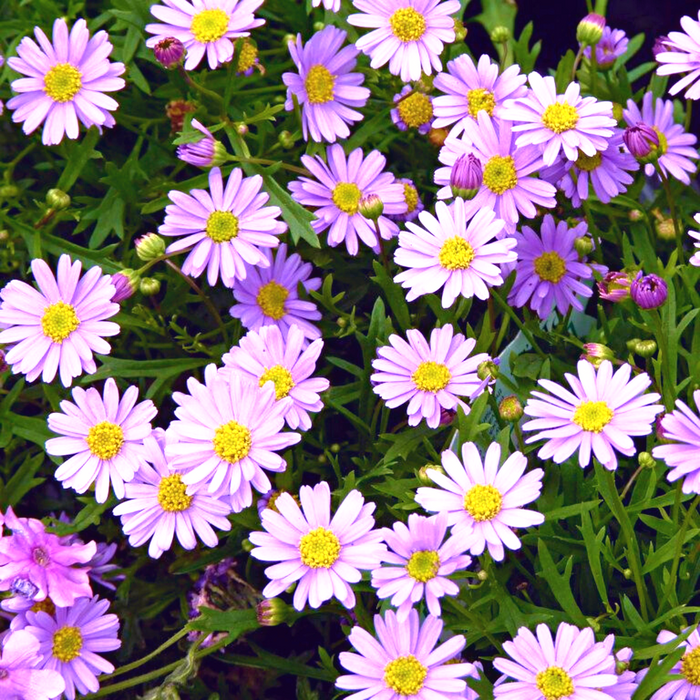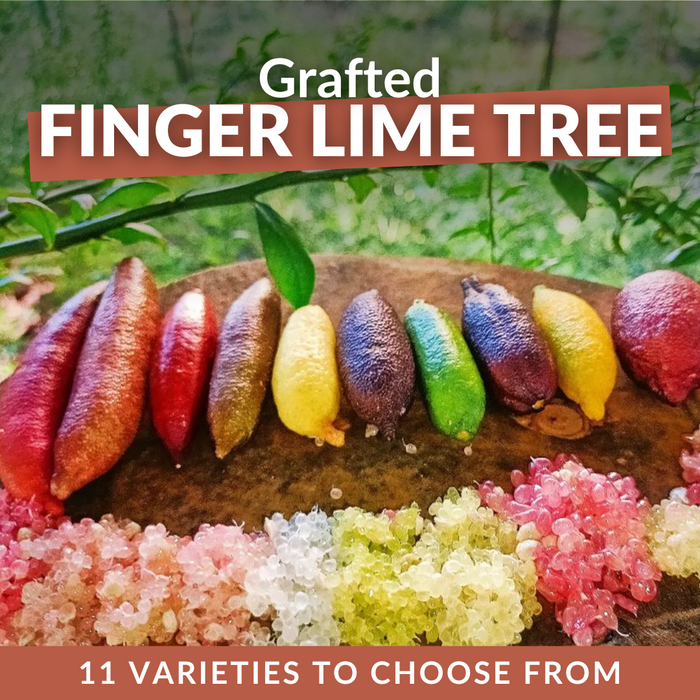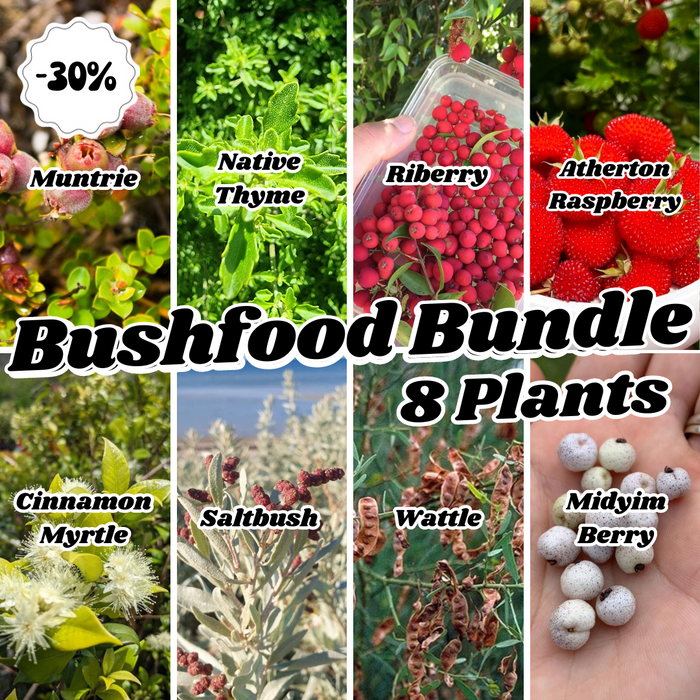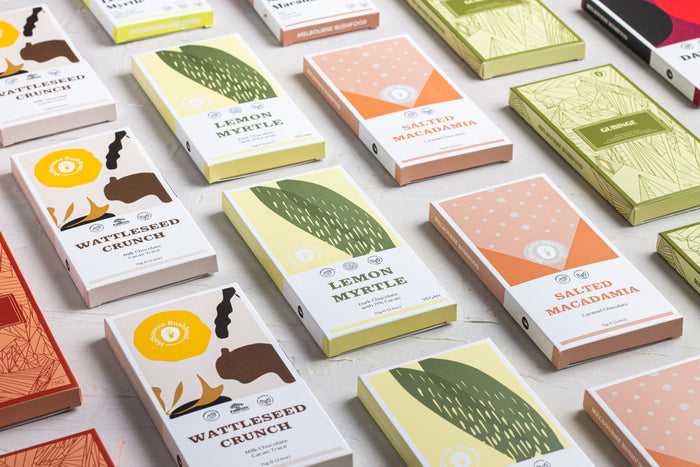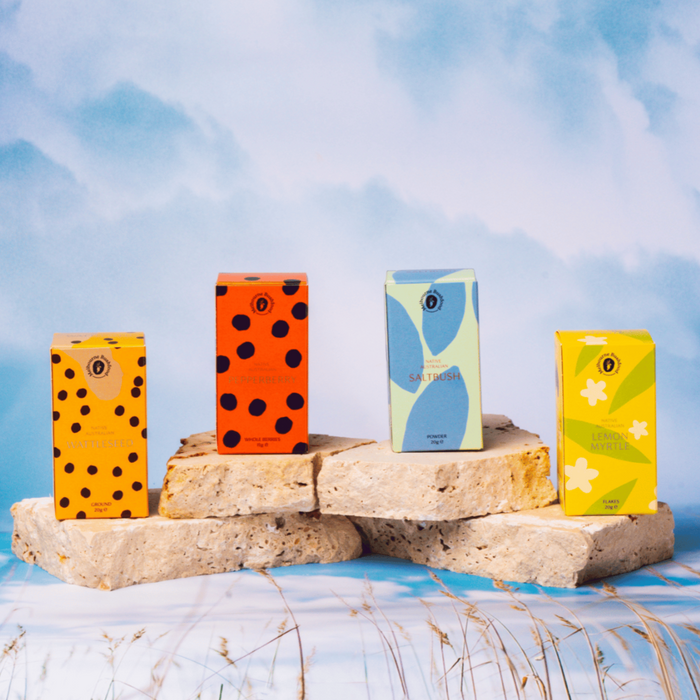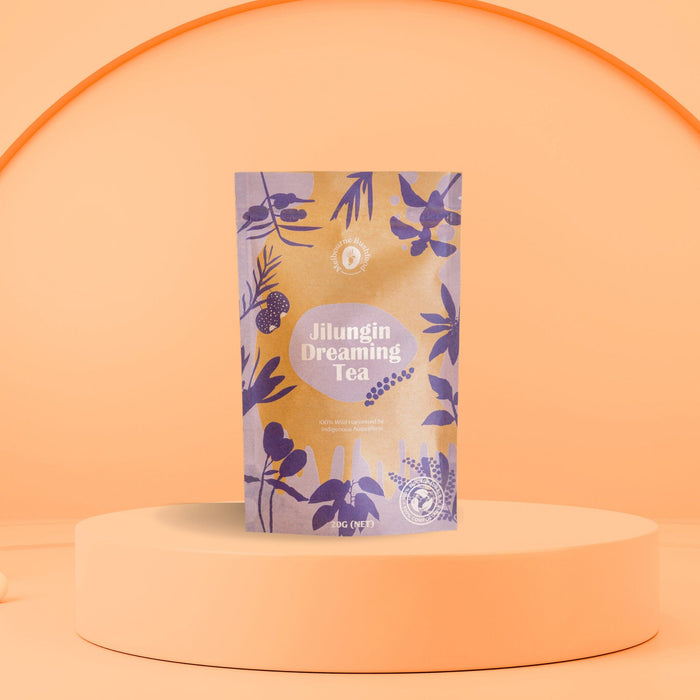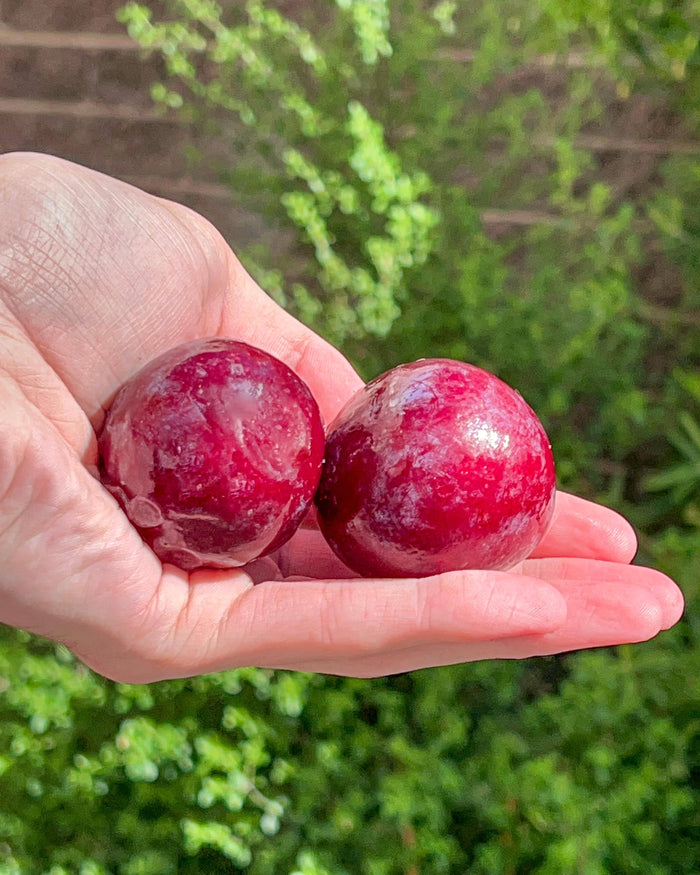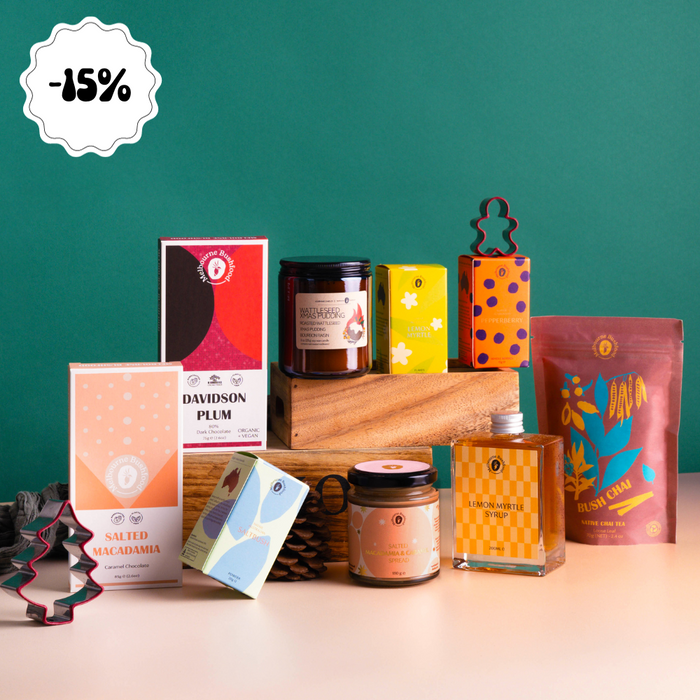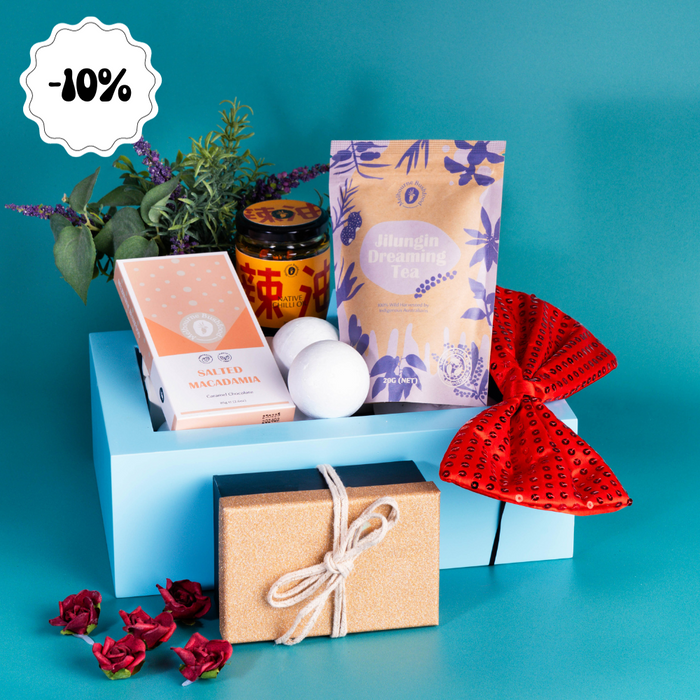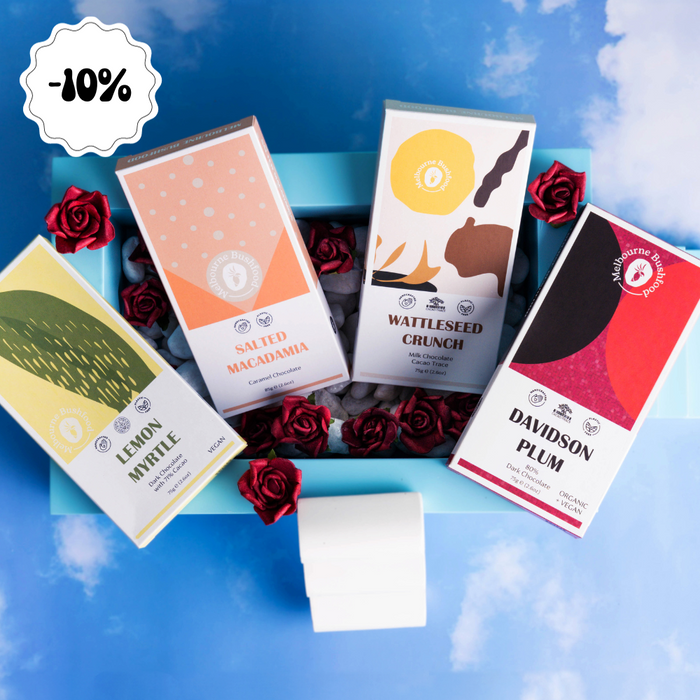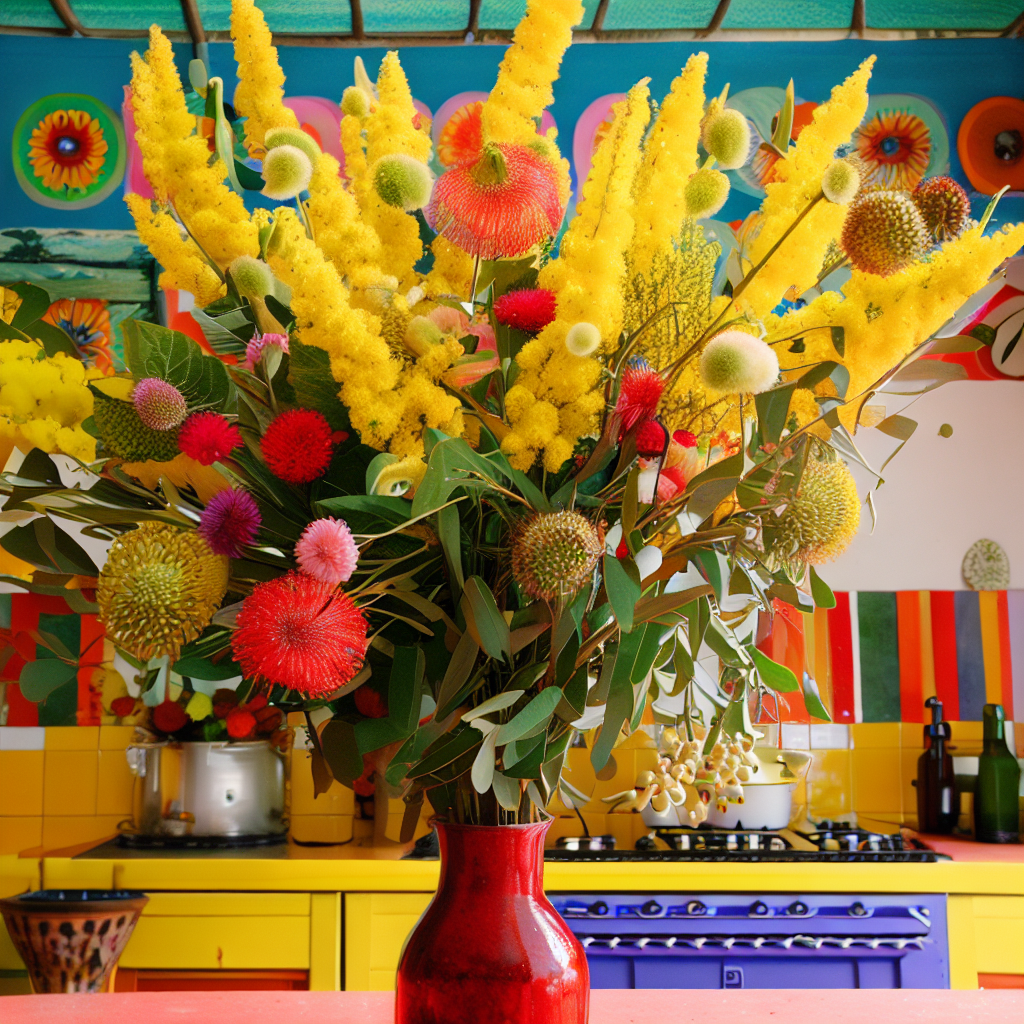

Going Native: Unleashing the Potential of Australia's Indigenous Foods
Recently, the Australian Native Food and Botanical Association (ANFAB) pulled back the curtain and unveiled a blueprint for this exciting trend in our food scene. "Wait, what trend?", you might ask. Well, we're seeing a splendid swell in the love for native Aussie food, and trust me, it's a wave you'll want to ride, especially if you're in the business of food. ANFAB's report shows an impressive growth rate of 13% in the sector annually, making it an opportunity ripe for the picking (or should we say, foraging).
CSIRO studies echo the sentiment, indicating an increased interest in native foods, not only for their unique flavours but also for their health benefits. Research suggests that native plants like the Kakadu plum contain up to 100 times the vitamin C of an orange, making them extremely hot ingredients especially for the cosmetic and nutraceutical spaces.
This food wave isn't just about taste and health, it's also about sustainability. Agriculture can be thirsty work, but many of our native plants are impressively drought-resistant. With Australia being the driest inhabited continent, this is a game changer. According to Agrifutures, some native foods use up to 50% less water than traditional crops. By harnessing native foods that have evolved to suit the landscape, we can see a large reduction in the usage of irrigation in key ecological areas and wetlands, helping to preserve their habitat whilst feeding a seemingly continually growing population.
The rise of native foods is seeing a boost for regional communities economies, offering economic opportunities in areas where traditional agriculture struggles. ANFAB reports that First Nations involvement in the sector has already led to a rise of 60% in employment rates in some areas, which is an extreme increase we will be able to see as First Nations People harness their land and cultural assets for communal growth.
But what does this mean for you, the food business owner or foodie? We're a business built on impact, so it's clear that the environmental and social impacts are wide-spread, but it's hard to understand how this will translate into business sucess. ANFAB reports that businesses that focus on native foods have seen a whopping 30% increase in sales, with large brands like Coles and Woolworths offering products with native foods to their consumers which is something that is being demanded more and more.
Most importantly, the power of storytelling is critical for any brand's success. Consumers want impact in their purchases, and want to understand the background of the food they're using to fuel their busy lives. Native foods have thousands of years of rich culture and history woven into them, and are a way for us Australians to truly to connect to our land, which arguably is the one thing that binds us all together. Sharing these stories and relaying this connection can create a connection between your customers and your food, which in turn will foster loyalty. Remember, it's not just about serving food, but about serving an experience.
And to all the foodies out there, your taste buds are in for a treat. A menu packed with native ingredients offers a gastronomic adventure that's uniquely Aussie. Fancy a mouthful of succulent Kangaroo steak with a side of salty samphire? Or how about a refreshing lemon myrtle sorbet to finish? These are experiences that are simply not found elsewhere in the world and offer an experience unparalleled by even the best restaurants in Asia and Europe.
So, as we navigate the future of food in Australia, it's clear that our native ingredients will play a vital role. The numbers say it, ANFAB says it, and so does the CSIRO. This trend isn't just about embracing the old and making it new again, it's about celebrating our culture, supporting our communities, and contributing to a sustainable future. So let's toast to that - with a wattleseed ale in hand, of course!
CSIRO studies echo the sentiment, indicating an increased interest in native foods, not only for their unique flavours but also for their health benefits. Research suggests that native plants like the Kakadu plum contain up to 100 times the vitamin C of an orange, making them extremely hot ingredients especially for the cosmetic and nutraceutical spaces.
This food wave isn't just about taste and health, it's also about sustainability. Agriculture can be thirsty work, but many of our native plants are impressively drought-resistant. With Australia being the driest inhabited continent, this is a game changer. According to Agrifutures, some native foods use up to 50% less water than traditional crops. By harnessing native foods that have evolved to suit the landscape, we can see a large reduction in the usage of irrigation in key ecological areas and wetlands, helping to preserve their habitat whilst feeding a seemingly continually growing population.
The rise of native foods is seeing a boost for regional communities economies, offering economic opportunities in areas where traditional agriculture struggles. ANFAB reports that First Nations involvement in the sector has already led to a rise of 60% in employment rates in some areas, which is an extreme increase we will be able to see as First Nations People harness their land and cultural assets for communal growth.
But what does this mean for you, the food business owner or foodie? We're a business built on impact, so it's clear that the environmental and social impacts are wide-spread, but it's hard to understand how this will translate into business sucess. ANFAB reports that businesses that focus on native foods have seen a whopping 30% increase in sales, with large brands like Coles and Woolworths offering products with native foods to their consumers which is something that is being demanded more and more.
Most importantly, the power of storytelling is critical for any brand's success. Consumers want impact in their purchases, and want to understand the background of the food they're using to fuel their busy lives. Native foods have thousands of years of rich culture and history woven into them, and are a way for us Australians to truly to connect to our land, which arguably is the one thing that binds us all together. Sharing these stories and relaying this connection can create a connection between your customers and your food, which in turn will foster loyalty. Remember, it's not just about serving food, but about serving an experience.
And to all the foodies out there, your taste buds are in for a treat. A menu packed with native ingredients offers a gastronomic adventure that's uniquely Aussie. Fancy a mouthful of succulent Kangaroo steak with a side of salty samphire? Or how about a refreshing lemon myrtle sorbet to finish? These are experiences that are simply not found elsewhere in the world and offer an experience unparalleled by even the best restaurants in Asia and Europe.
So, as we navigate the future of food in Australia, it's clear that our native ingredients will play a vital role. The numbers say it, ANFAB says it, and so does the CSIRO. This trend isn't just about embracing the old and making it new again, it's about celebrating our culture, supporting our communities, and contributing to a sustainable future. So let's toast to that - with a wattleseed ale in hand, of course!

